Why and how did debates about the form and disposition of our Earth shape our sense of selves and being in the world in colonial modernity? Sumathi Ramaswamy explores this question for British India with the aid of the terrestrial globe, which since the sixteenth century has circulated as a worldly symbol, a scientific instrument, and not least, as an educational tool for inculcating planetary consciousness.
In Terrestrial Lessons, Ramaswamy provides the first in-depth analysis of the globe’s history and impact on the Indian subcontinent during the colonial era and afterwards. Drawing on a wide array of archival sources, she describes its transformation from a thing of distinction possessed by elite men into that mass-produced commodity used in classrooms worldwide—the humble school globe.
Adopting a methodology drawn from recent object theory, the book demonstrates how a modern planetary awareness was cultivated in schools across India and became central to colonial pedagogy. The terrestrial lessons conducted with the aid of the school globe also constituted the earliest form of science education in the subcontinent. This is also the first study of the globe as it left the shores of Europe to travel to and circulate in the Indian subcontinent.
Traversing the length and breadth of British India, Terrestrial Lessons is an unconventional history of this master object of pedagogical modernity that will fascinate historians of cartography, science, and Asian studies.

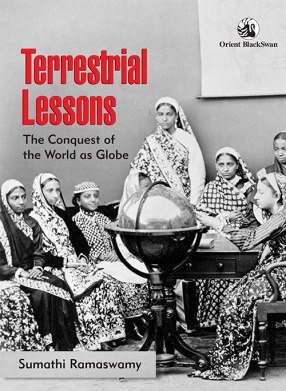
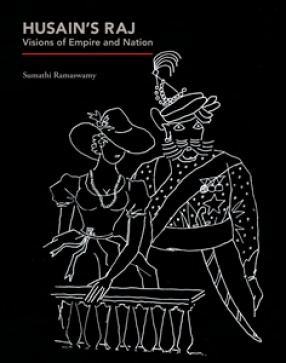
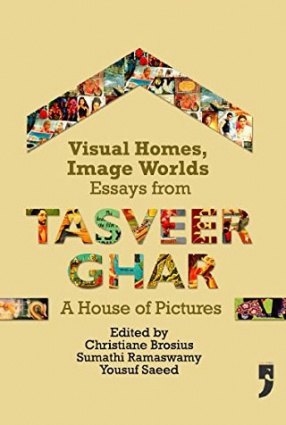


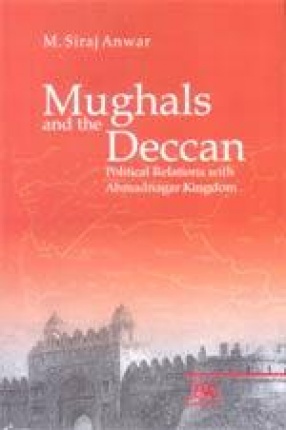
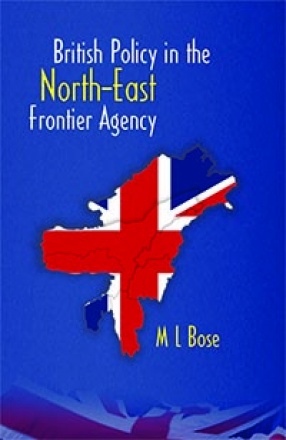
There are no reviews yet.